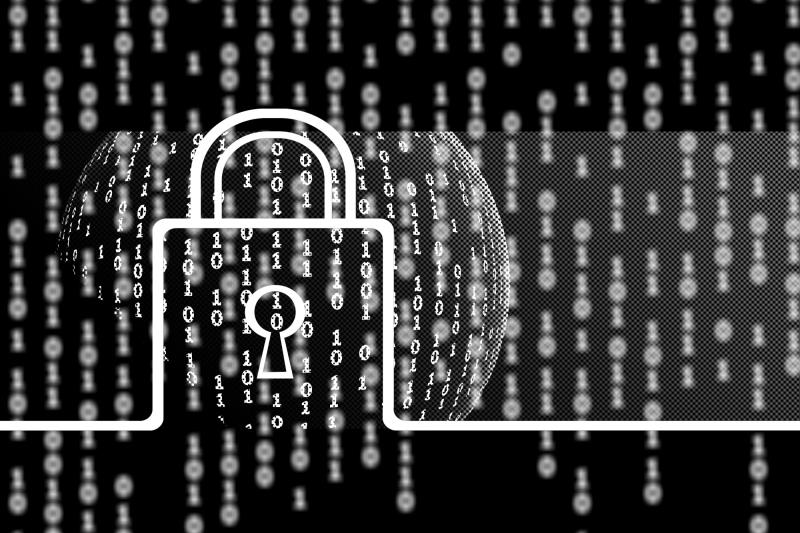5 Reasons Why Veterinarians Need the Best Cybersecurity
Indeed 75% of all businesses don't have a formal cyber attack response plan. As cybercrime grows practicing online security is basically a necessity....
2 min read
Mindy Gallagher : Sep 6, 2021 12:00:00 AM
Pew Research reported in December of 2020 that over 70% of their survey respondents were working from home during the pandemic. With new variants and other health risks looming remote work remains a necessary option.
But with this comes a whole host of remote work cybersecurity risks. Because employees don't have the same security safety nets as their offices these risks tend to be amplified for remote workers.
So what are popular cybersecurity risks when working from home? And how do you minimize them as a remote worker?
That's what we're here to look at today. Read on to find out more about how you can decrease your cybersecurity risks when working at home.
To understand how you can safeguard yourself from cybersecurity risks you first have to know what these risks are. These dangers might come out of bad habits or just unawareness of what might be considered risky.
Let's break a few of these cybersecurity concerns down here:
An employee accessing their work portal through their personal wi-fi network isn't a big deal in most cases. However not everyone has the most secure wi-fi setup at home.
If they're doing work in a public wi-fi spot like a coffee shop then the risks might be even worse. Malicious thieves and hackers can easily find your information without even looking too hard for it.
Many workplaces have banned "bring your own devices" policies since they greatly increased security issues. With that said many employees continue to store work-related information on their personal hard drives.
This not only increases your security risks but might even be breaking certain telecommunication laws.
Weak passwords are the source of cyberattacks for both employees and non-employees alike. Hackers have dozens of ways to crack passwords no matter how well-thought-out one might be.
So is there any way you can minimize these risks from affecting you and your company? In fact there are several ways you can do so. Let's take a look at a few of them here:
A common deterrent against hackers these days is multi-factor authentication for passwords and logins. This means using more than one device to access an account or portal.
This means more layers for hackers to get through. It also involves randomly generated codes for the authentication which is effective at preventing immediate breaches.
A company might install firewalls on their devices to prevent unwanted traffic from entering a network. This means potentially dangerous users will have a harder time getting to employees' devices.
Arguably the best solution for minimizing cybersecurity risks when working from home is a virtual private network or VPN. VPNs are great safeguards for when workers are at a public spot or their homes.
It routes the information from the internet accessed by employees through the employer's network. The encrypted data will be illegible for anyone trying to intercept the data.
If a company has its own intranet it can provide its own VPN networks to provide safer remote work environments for all its employees.
If your organization handles sensitive information it's crucial that you consider cybersecurity risks for your remote workers. Use this article to help you understand the best practices and incorporate them today!
Looking for reliable IT services for your business? Contact us today and we'll get you started on a solution right away!


Indeed 75% of all businesses don't have a formal cyber attack response plan. As cybercrime grows practicing online security is basically a necessity....

Even in a small law firm you’ll have thousands of pieces of highly sensitive data. Your job will rely on this information. But what would happen if...

Did you know the U.S. loses $100 billion to cyberattacks every year? The U.S. Navy alone gets over 100000 per hour.